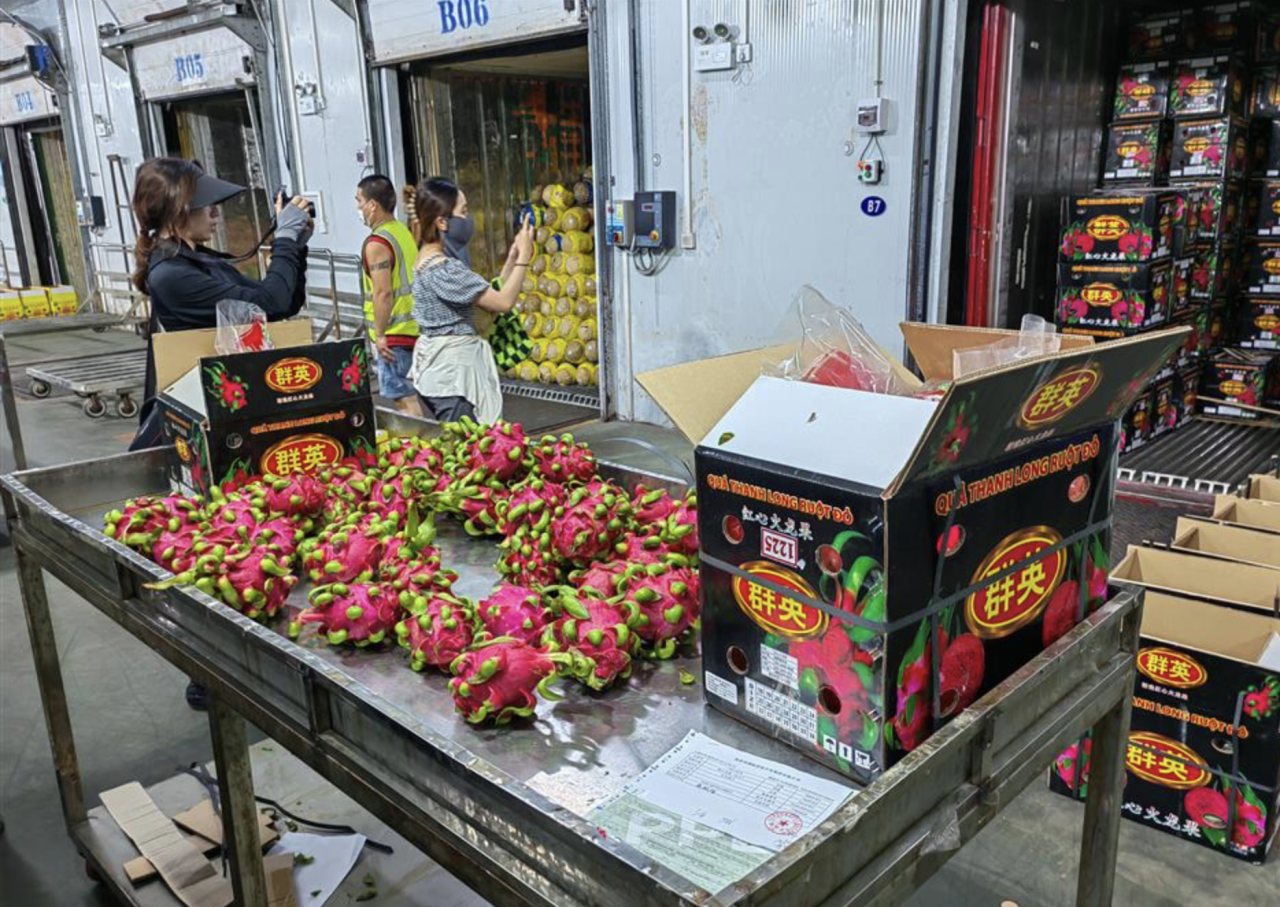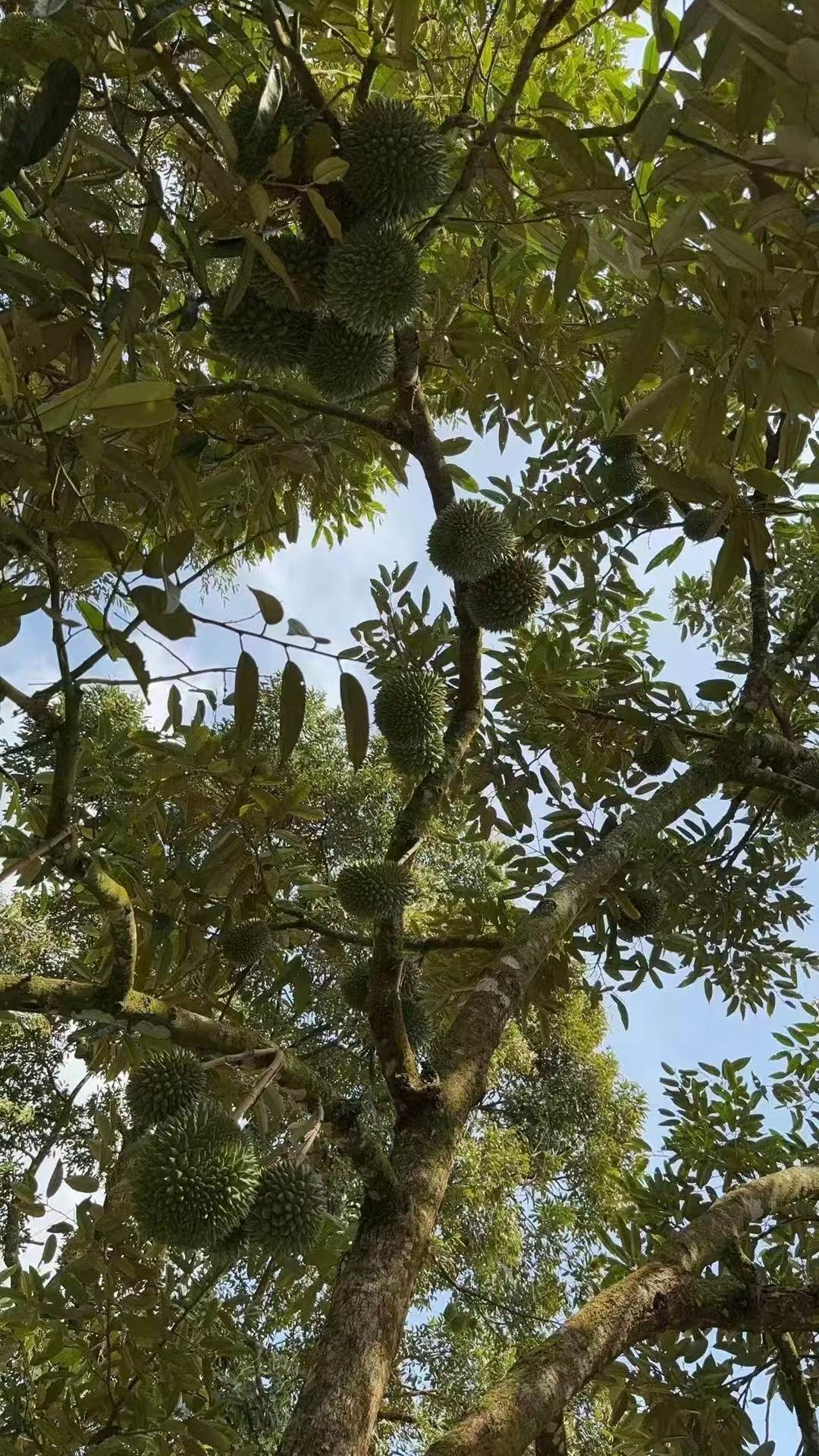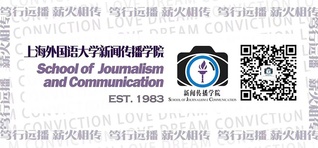"As the durian season is already here, I have been incredibly busy lately," said Wan Hou Hoong, apologetically, at the start of our interview. The talk took place on July 28, having been postponed five times.
As chairman of Malaysia's Raub Durian Enterprise(M) Sdn Bhd, Wan has been engaged in packaging and processing the sweet and pungent fruit since 2011, but by all accounts, this could be a game-changing year for Malaysian durian producers.
Coinciding with the 50th anniversary of diplomatic ties between China and Malaysia this year, on June 19, the two countries signed a new phytosanitary protocol, allowing fresh durian exports from Malaysia to China.
On June 24, a Chinese Customs pronouncement allowed registered and approved fruit producers to export fresh durians to China.
By mid-July, over 160 traders, including Wan, had applied for fresh durian export permits.
So although late July is generally a slack season for fruit imports at Friendship Pass in Pingxiang, south China's Guangxi Zhuang Autonomous Region, where fruit imports account for one-third of the total in China, fruit producers and exporters in Malaysia were already bracing for the surge.
"Previously we used to ship at least 40-50 tons of frozen durians a day during the peak season. Now we are even busier as we prepare for fresh durian fruit exports," Wan explained.
Although Malaysia's Ministry of Agriculture and Food Security expects fresh durian exports to China to commence in the third quarter, Wan believes that, given the complications involved, the Malaysian fruit may arrive only in October.
When Wan entered the business in 2011, he was primarily engaged in the frozen durian fruit and durian pulp business, in Raub, Malaysia, whose terrain, proximity to the equator and glorious sunshine earned it fame as the "Golden producer of Musang King," as the fruit is known.

Wan Hou Hoong, chairman of Raub Durian Enterprise (M) Sdn Bhd, in Raub, Malaysia, has been incredibly busy these days.
Legend has it that over two decades ago, when gambling magnate Stanley Ho from China's Macau gifted some Musang King fruits to Li Ka-shing, the Hong Kong entrepreneur was so impressed by its creamy taste that it sparked a Musang King craze.
Still, only 1 percent of Chinese consumers have tried durian. Among them, perhaps just 10 percent have tasted Musang King, according to Chen Yuhao, deputy general manager of Nanning International Logistics Park, who gave an introductory course on this most misunderstood fruit during a recent interview.
The first stunner is, according to Chen, durian is the first cousin of cotton, not jackfruit. "Just look at the shells of a cotton boll, and that of a durian," he pointed out.
Since domestic durian cultivation in China has not been commercially viable, chiefly due to climate constraints, so far the lion's share of durians in China are from Thailand and Vietnam.
Although Malaysia boasts premium varieties like Black Thorn, Golden Phoenix and Sultan, Musang King is the undisputed monarch of the King Fruit.

Chen Yuhao, deputy general manager of Nanning International Logistics Park, gives an introductory course on this most misunderstood fruit during a recent interview.
"While the sweetness of the Thai Golden Pillow durians is around 30, Musang King can reach 42, so sweet that it will leave a slightly bitter aftertaste much craved by savvy Malaysians," Chen explained.
At an exhibition space in Nanning, the Guangxi capital, in a case with different durian varieties on display, the Malaysian Musang King is priced at 200 yuan (US$28) to 260 yuan per kilogram, whereas the famed Thai variety Golden Pillow is worth 40-60 yuan.
Prior to the signing of the protocol, whole durian exports from Malaysia to China had to be preserved using a technique called liquid nitrogen freezing, whereby the fruit would be abruptly frozen at minus 180 degrees Celsius in nitrogen for an hour, and then stored or transported at minus 25 degrees.
Fresh fruit protocol now allows fresh Malaysian durians to be shipped to China in temperature suitable for fresh fruit, ensuring better taste, though it is more demanding for logistics.
Since Musang King durians are harvested at natural ripeness, Wan would have the fruit transported by air to meet standards.
"In the long term, maritime shipping for fruit exports will become essential, as air freight alone cannot meet the surging future demand," said Chen.
There has also been solid progress in this aspect.
The Kuantan Port-Beibu Gulf Port-Sichuan-Chongqing multimodal transport route, officially inaugurated in 2023, can serve as an alternative channel of transportation to meet the growing logistics needs between China and Malaysia, which promises to significantly reduce shipping time to as little as one week, compared to the previous 12 days.

Imported fresh fruits are inspected for their certification and conditions by Customs in Pingxiang, Guangxi Zhuang Autonomous Region.
China's fruit trade with the Association of Southeast Asian Nations (ASEAN) is complementary in many ways.
While ASEAN countries can ensure a diverse and continuous supply of tropical fruits such as mango, durian, and dragon fruit, China can export apple and pear during colder seasons.
The complementarity is evinced in another sense: since the same fruit would ripen at different times in the subtropical regions of China and in tropical Southeast Asia, mutual trade is still necessary.
For example, Vietnamese lychees ripen in May, allowing for export to China, while China's lychee season lasts until late August, enabling exports to Vietnam. This ensures a continuous supply of fresh lychees in both markets.
China's fruit trade with Malaysia, or other Southeast Asian countries, is an excellent example of the complementary nature of the business that not only enriches the tropical fruit options in China but also benefits durian cultivators in Southeast Asia.
Chen said that durian has become the largest imported fruit in China over the past two years with an annual trade worth 50 billion yuan, with some predicting that the fruit would be the first in China to reach a market size of 100 billion yuan. "This presents a significant opportunity for ASEAN countries to increase their investments in durian farming," he observed.
Beyond the whole fruit, a variety of durian-derived products such as durian mooncakes, durian pancakes and durian ice cream are also winning favor with Chinese consumers.
Tan Jianjun, operations director of Malaysian durian import brand "JI YOU LIAN" in China, notes that despite the presence of fresh durians from Thailand, Vietnam and the Philippines in the Chinese market, Malaysian fresh durians still hold a unique position as a premium, high-end product.
"The Malaysia fruit benefits from advantages in both latitude and terrain, and our durians are sourced from high-altitude orchards above 900 meters. This imparts a unique and lingering flavor that other durian varieties are unable to compare," Tan said.

Durians grow better in high-altitude terrain in Raub, Pahang, in Malaysia.
Now Tan's company is also increasing its capacity for related products, such as durian fresh fruit beverages, in preparation for the arrival of Malaysian fresh durians.
Historical ties and cultural affinity between China and Malaysia are also major drivers of mutual trade. Symbolically, the first durian in China was brought by Zheng He (1371-1433) during his maritime expedition to Southeast Asia and Africa.
Wan, the Malaysian durian merchant, observed that "Doing business with the Chinese is quite smooth because we can communicate easily. Now that Chinese people are able to travel to Malaysia visa-free, we can see Chinese businessmen here almost every day."
The friendly relations between the two countries have facilitated bilateral trade, while the booming trade, by promoting mutual contacts and understanding, in turn has strengthened the friendship between the two peoples.
The fruit trade is just a fraction of the broader cooperation between China and the ASEAN. Their collaboration, in addition to agriculture, also covers trade, investment, cultural exchanges and technological innovation.
With the Regional Comprehensive Economic Partnership (RCEP), a free trade agreement between 15 countries in East Asia, being implemented, the ties between China and ASEAN countries expect to become stronger, all within a well-defined legal framework.
The authors are Zeng Huanru, Diao Wencong and Wan Lixin. Si Yuting and Zhou Xinyi also contributed to the story. Zeng Huanru, Diao Wencong, Si Yuting and Zhou Xinyi are MA students from the School of Journalism and Communication, Shanghai International Studies University.

 |Hongkou Campus|550 Dalian Road (W), Shanghai 200083, China |Songjiang Campus|1550 Wenxiang Road, Shanghai 201620, China
|Hongkou Campus|550 Dalian Road (W), Shanghai 200083, China |Songjiang Campus|1550 Wenxiang Road, Shanghai 201620, China